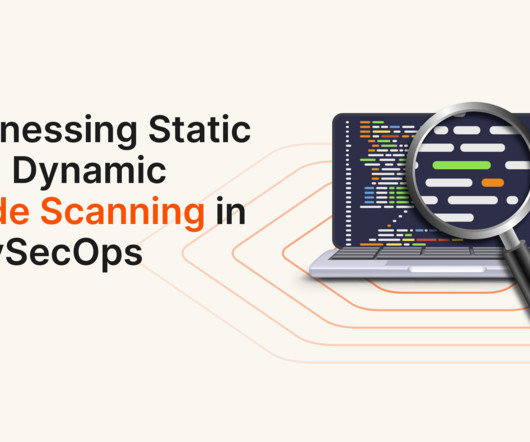Are BYOD Practices Putting Your Business at Risk?
NexusTek
JUNE 1, 2022
Risk emerges from multiple points: Unmanaged devices: The term “shadow IT” refers to employees’ use of devices, software, and applications for work purposes without the knowledge of the employer. anti-malware software). When polled, 17% of employees admitted to using their cell phones for work without telling their employer 6.












Let's personalize your content